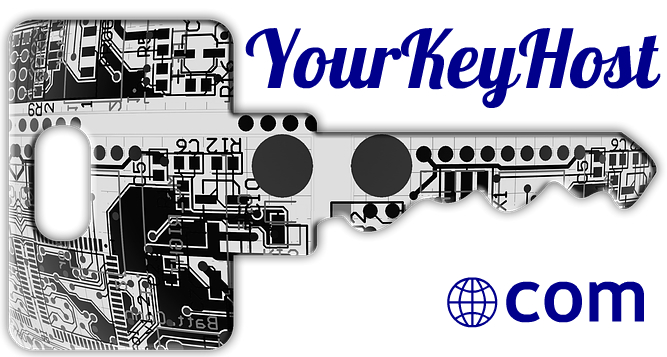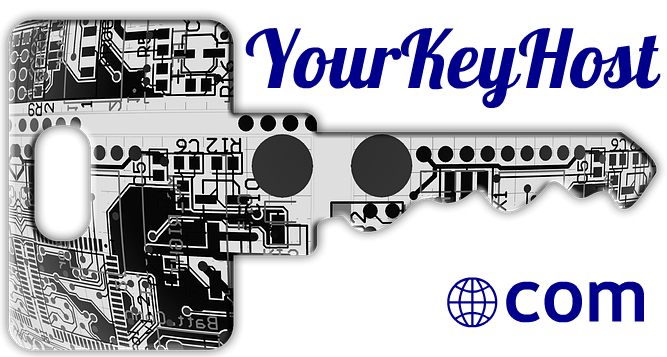Why do people read a book? Why do they watch a video? In a business setting it’s because they want to get something done. They have a task to complete, a problem to solve.
The OECD is one of the world’s largest publishers in the fields of economics and public policy. I asked Toby Green, Head of Publishing, what he had learned from a decade’s experience of publishing OECD’s knowledge via its dedicated online publishing platform, OECD iLibrary.
It’s not a story of the decline of the book, but rather the rise of new ways of consuming content. “In 2009, customers bought 250,000 printed books and periodical issues and downloaded 6 million files online in one form or another,” Toby states. “While demand for printed editions is down by around 45% compared with ten years ago, we’re seeing signs that sales of printed books are stabilizing – we’ve sold 15% more this year than last – while sales of printed periodicals continue to slide. We don’t think that print will die. What will change is that printing will no longer be done centrally by us but will happen ‘at the edge’ i.e. close to the customer because digital printing makes print-runs of one economically viable.”
One of the biggest myths Toby would like to lay to rest is that if you make the e-book free your print sales increase. “We launched a free online, read-only, service in 1998,” he states. “It allows users to download a PDF file that had the print and copy/paste function disabled. Result: lots of free viewings but print sales continued to slide at the same rate. In 2005 we launched read-only editions via Google Books. Result: massive amounts of reading – and print sales continued to slide at the same rate. I can only conclude that, for specialist books like ours, giving a free read-only experience has neither a positive nor a negative impact on print sales.”
At heart, most people don’t care if it’s a book or a periodical, whether it’s online or offline. As Toby puts it, “People are looking for answers, not books or data or papers. That’s why we bundle all OECD knowledge, in book form, journals, datasets, tables, working papers, you name it, into a single, seamless, online platform. But with strict editorial control; nothing gets loaded without being quality-assured by our editorial team.”
OECD customers “love being able to download the data behind a chart, table or graph they find in a book,” Toby states. “In 2009, our readers downloaded 1.2 million data files from the links we provide under tables, charts and graphs in our books.” This shows that our readers want to build their own charts, manipulate and interrogate the data to meet their own specific needs. “It’s all about being able to deliver the answer, quickly, in a form that is convenient for the user.” said Toby.
People also love having the possibility of downloading just the chapter(s) they need rather than having to download a complete e-book. Roughly 2/3rds of all e-book downloads are chapters rather than complete e-books. So, that raises the question: What about the chapters that don’t get downloaded? Well, the answer is this – all chapters get downloaded, it’s just that some readers want chapters 1 and 3, and others 2 and 4. This is the long tail in action: everything gets downloaded, but in small numbers.
Analyzing downloads helps produce better books for the future. “We noticed that one particular book was being downloaded far more often than its peers. It was structured and written in a completely different way and this made it attractive to readers.” noted Toby. “So, having learned this lesson, we persuaded other authors to change the way they prepare their future works. The result: more downloads and more impact.”
The Web is a laboratory for content. For the first time ever we can really find out what content is working and what isn’t. We need to get into the laboratory and start running tests.

